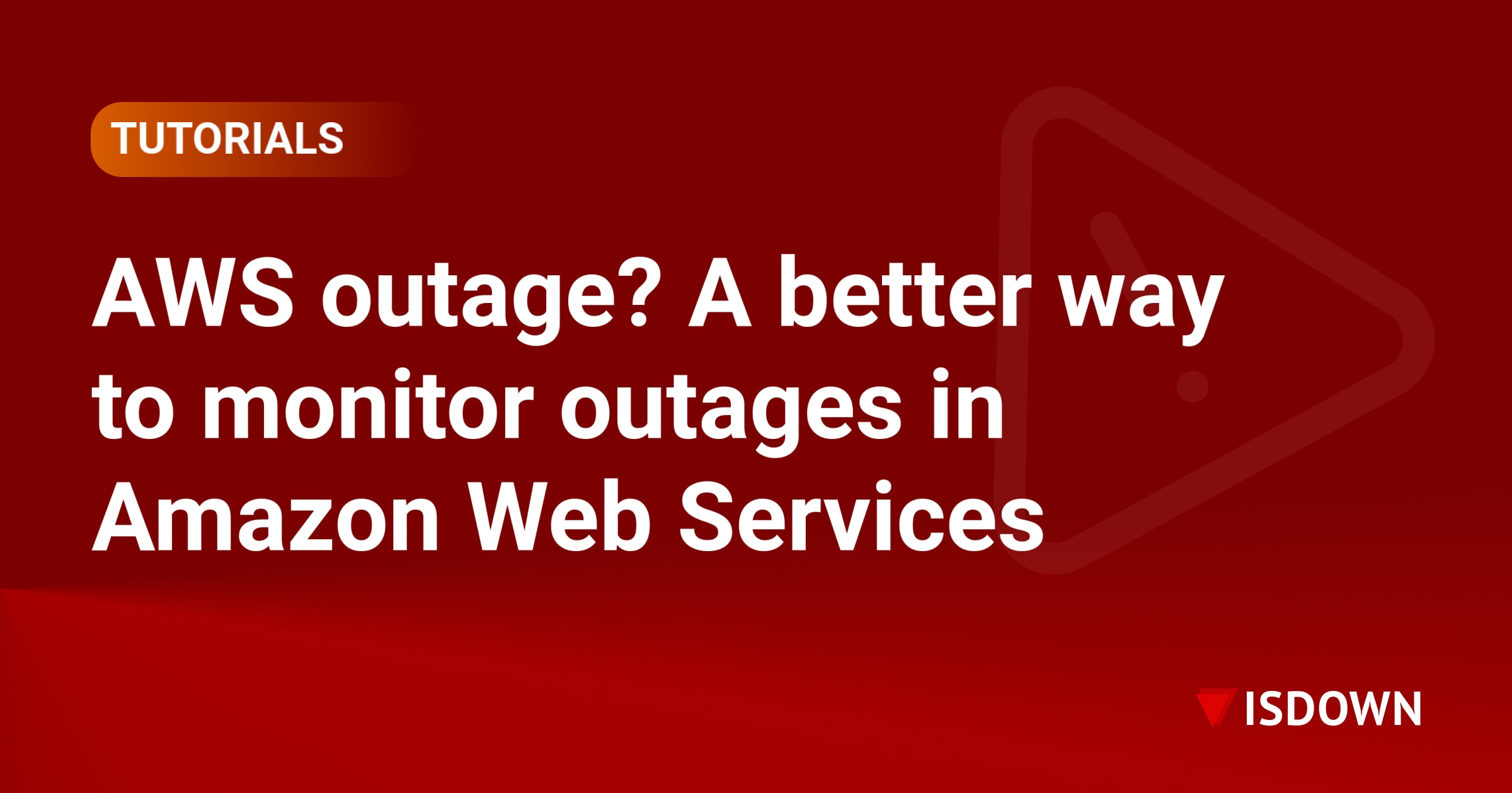How to set up on-call compensation

Once you set up an on-call team, the next step is to decide their compensation. There might be several questions in your mind right now: "How do we fairly value on-call time?" "Is it a flat rate or hourly?" and a few others. So we are here to help you set up an on-call compensation system because we know compensating people fairly lays the foundation of a healthy business.
Are you still stuck on setting up an on-call team? Read this guide first: 7 steps to set up an on-call team.
What is on-call compensation?
When an employee is "on call," they are available outside of their working hours. If, for instance, a critical issue arises that may blink the lifeline of your business, you can easily approach your on-call employees, and they must be ready to respond quickly.
Though they are not formally on duty, they are obliged to be approachable and return to work at a moment's notice. So, these on-call employees should be paid for the time they spend being ready and available to work. This is called on-call compensation.
Should businesses offer on-call compensation?
It depends on your situation. If you own a business that requires 24/7 availability or your services are available globally, it means you need on-call employees. So, in this case, you have to compensate your employees.
Besides, some federal on-call pay laws oblige employers to compensate on-call employees for the number of hours they have worked. According to some laws, when your employees are "engaged to wait," which means if they're actively waiting and ready to jump into action, then that time is considered work, and they should get paid for it.
Common on-call compensation models
There is no one-size-fits-all approach when it comes to compensating your on-call employees. Here are some common models you should know before setting up on-call compensation for your employees.
No additional pay
As simple as it sounds, you don't pay your employees for being on-call. Your staff members may be acting voluntarily, at your request, or under duress.
But it's not the wrong setup in cases where there is rarely an incident to resolve. For example, downtime is not always an issue in small businesses where incidents are not very serious. However, when incidents become frequent and stressfully inconvenient for your on-call team, it's time to change your model.
Here are some pros and cons of opting for this model.
| Pros | Cons |
|---|---|
| It's simple. There are no management overhead costs associated with making compensation calculations. | Unfair (in some cases) |
Pay as part of the base salary
In this model, the on-call expectations are clearly outlined in the contract, and the compensation is positioned in your employees' base salary. For instance, a person will receive an annual base salary of $50,000 with the expectation of working on call once a week throughout the year.
There is an appeal to this model as there are no intricate monthly compensation calculations involved. Plus, employees can exchange their on-call working hours, like, I'll take your on-call hours, and you take mine.". But here is a little twist: sometimes, employees might even forget they are being paid for off-working hours. What was the outcome? They may feel bad doing it.
Here are some pros and cons of opting for this model.
| Pros | Cons |
|---|---|
| It's simple. There is no overhead cost to doing complex calculations. | It can be too simple for large companies with abundant resources. |
Pay per incident
As is obvious by name, you pay on-callers a fixed amount of money for every incident they attend. This means every time your employees get an incident alert after working hours, they will be rewarded.
The benefits are straightforward; the reward will be correlated with the amount of disturbance outside of regular working hours, making compensation easy to understand. At first glance, this setup may seem totally fair—the more work messes with your employee's personal time, the more money they should get, right?
But here's the catch: This approach can be a bit tricky. It naturally gives people a reason not to go all out to prevent issues or to handle them super urgently. It might sound extreme, but in some cases, folks might not go the extra mile to prevent incidents, or they might not take all the needed steps to avoid them.
Here are some pros and cons of opting for this model.
| Pros | Cons |
|---|---|
| Work and compensation are correlated | No extra pay if no incident happens, despite the team being ready. Keeping tabs on the time spent on incidents demands management time. |
Pay for on-call time
In this model, you pay employees for their on-call time, regardless of whether any issues pop up. It's usually a fixed amount added to the regular salary, paid weekly or monthly.
This method is excellent for justifying the need to be ready at any moment, which addresses a key drawback of the pay-by-incident approach.
It's quite straightforward, similar to the base salary model, and adds transparency by letting the team know the on-call rate.
However, the downside is that incidents happen randomly, making some on-call duties a breeze while others are super challenging. This randomness might make some team members feel the compensation is unfair.
| Pros | Cons |
|---|---|
| Simple and fair No management overhead costs |
Some employees might get severe incidents, while others might go weeks without any incident alert. |
How to improve these compensation models?
As you can see, every model has its own advantages and disadvantages. So, here are some suggestions to improve your on-call compensation model.
Pay more for severe incidents
Severe incidents require more time to resolve, so create different rates for "high" and "low" workloads to acknowledge the associated stress.
Pay more for quick response times
Measure the mean time to acknowledge (MTTA) and the mean time to resolve (MTTR) to determine if you want to add special on-call compensation for employees who deliver quick responses.
Pay more for off-hour incidents
Consider increasing compensation for incidents during off-hours in on-call schedules as a way to make up for team members sacrificing personal time.
Final Words
On-call compensation is your way of saying, "Hey, we appreciate the midnight oil you're burning for the team!" It's an investment in your company's success and the well-being of your dedicated staff. So, set sail with confidence, create a fair compensation plan, and watch your team thrive on call and beyond.
Do you need a way to make your on-call teams more proficient in solving outages? Try IsDown!
 Nuno Tomas
Founder of IsDown
Nuno Tomas
Founder of IsDown
The Status Page Aggregator with Early Outage Detection
Unified vendor dashboard
Early Outage Detection
Stop the Support Flood
Related articles
Never again lose time looking in the wrong place
14-day free trial · No credit card required · No code required




